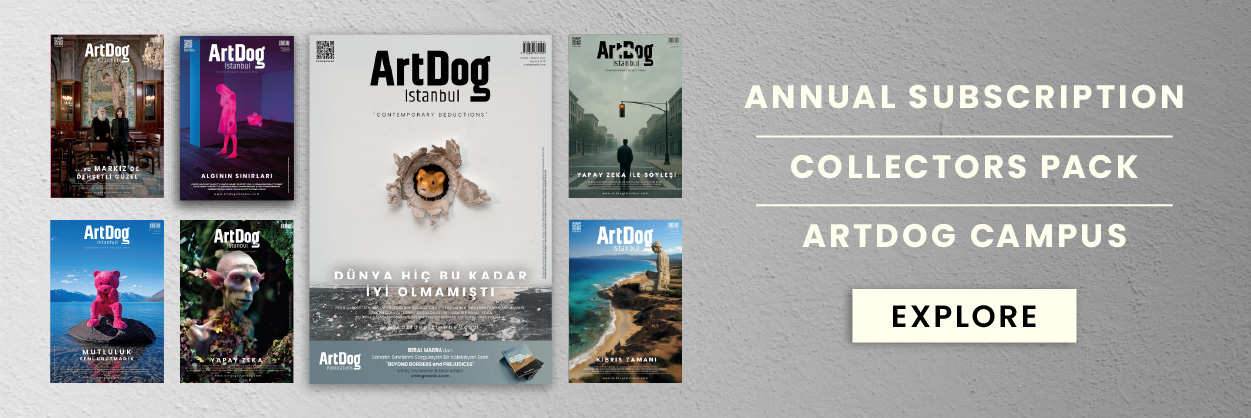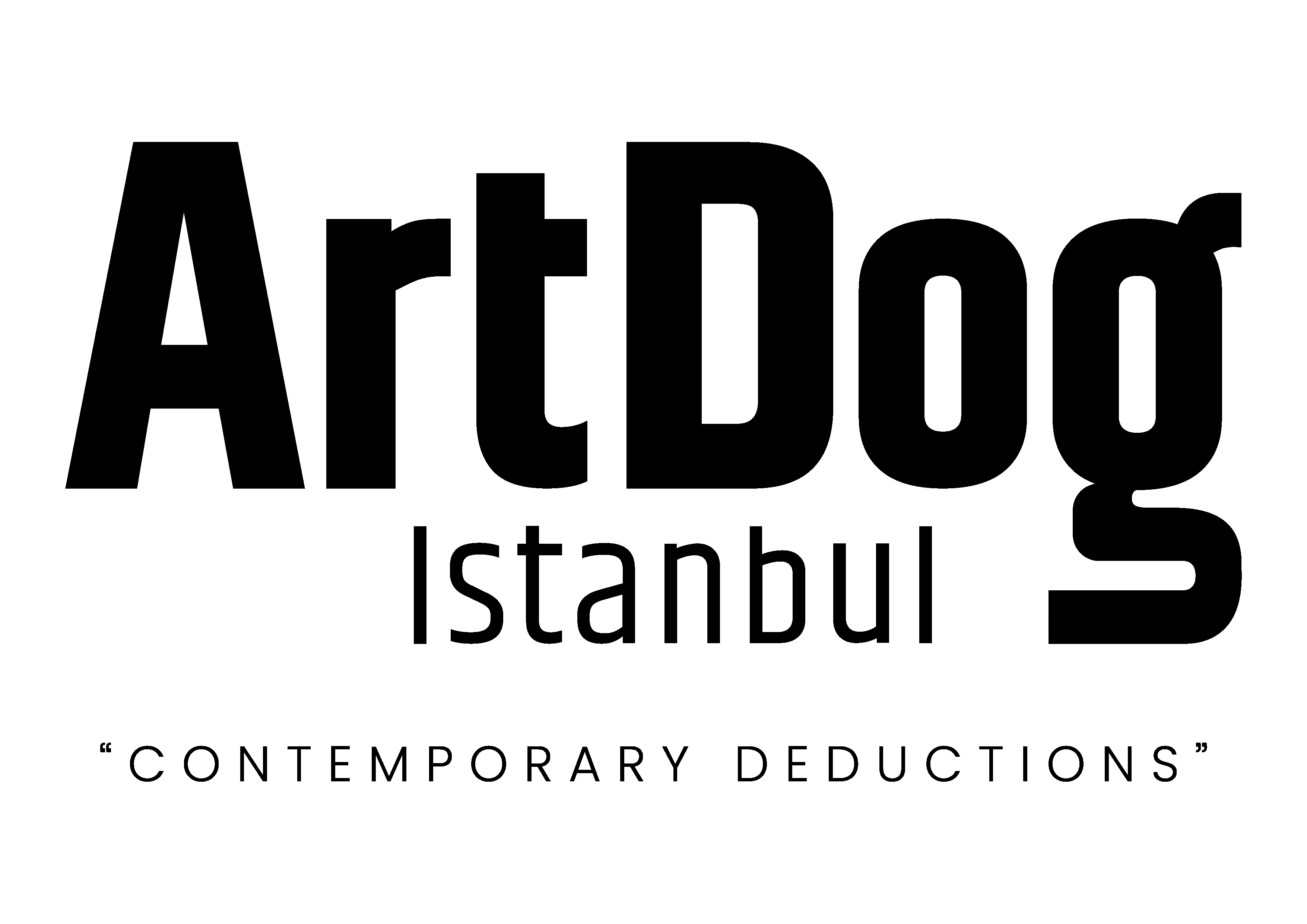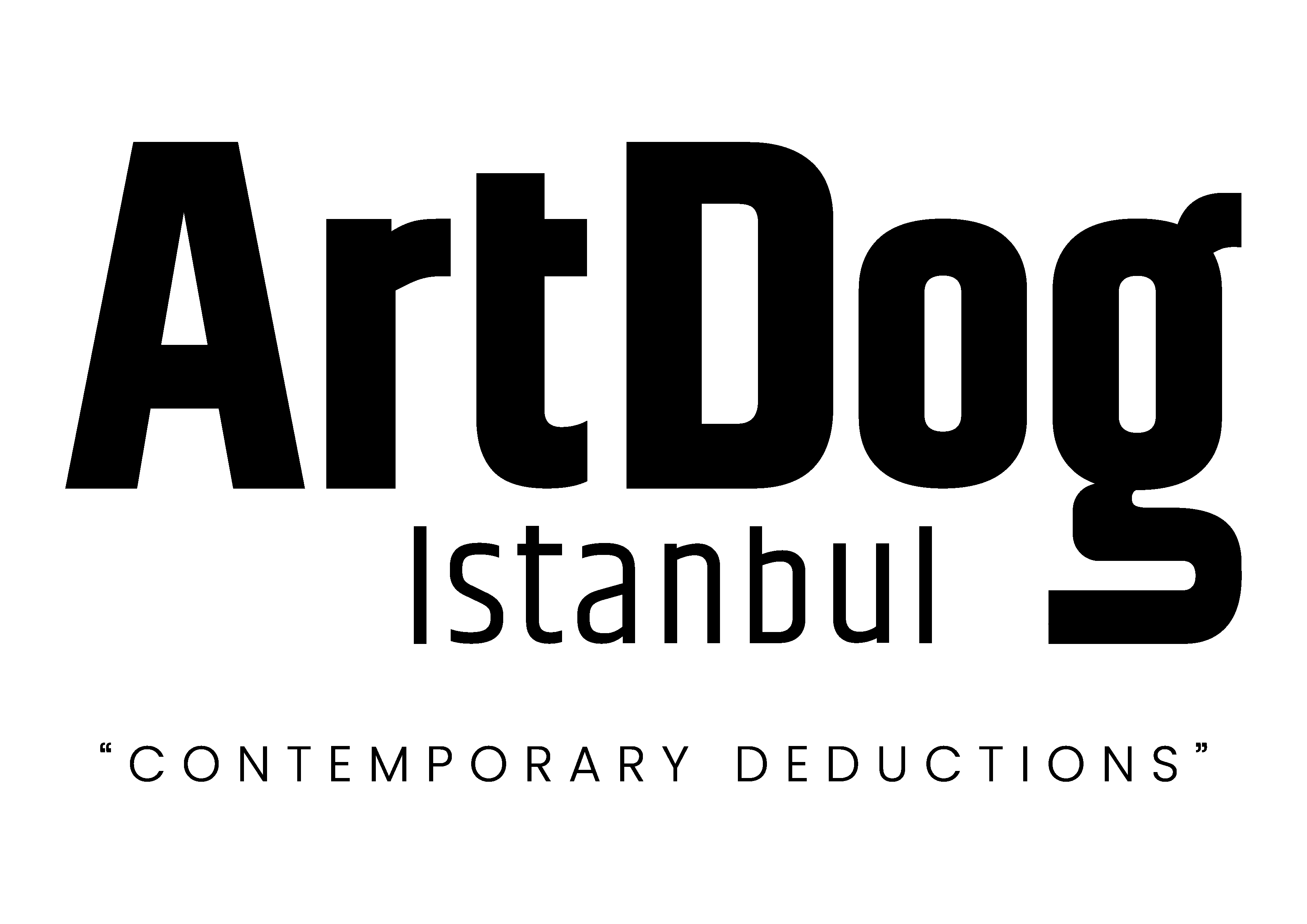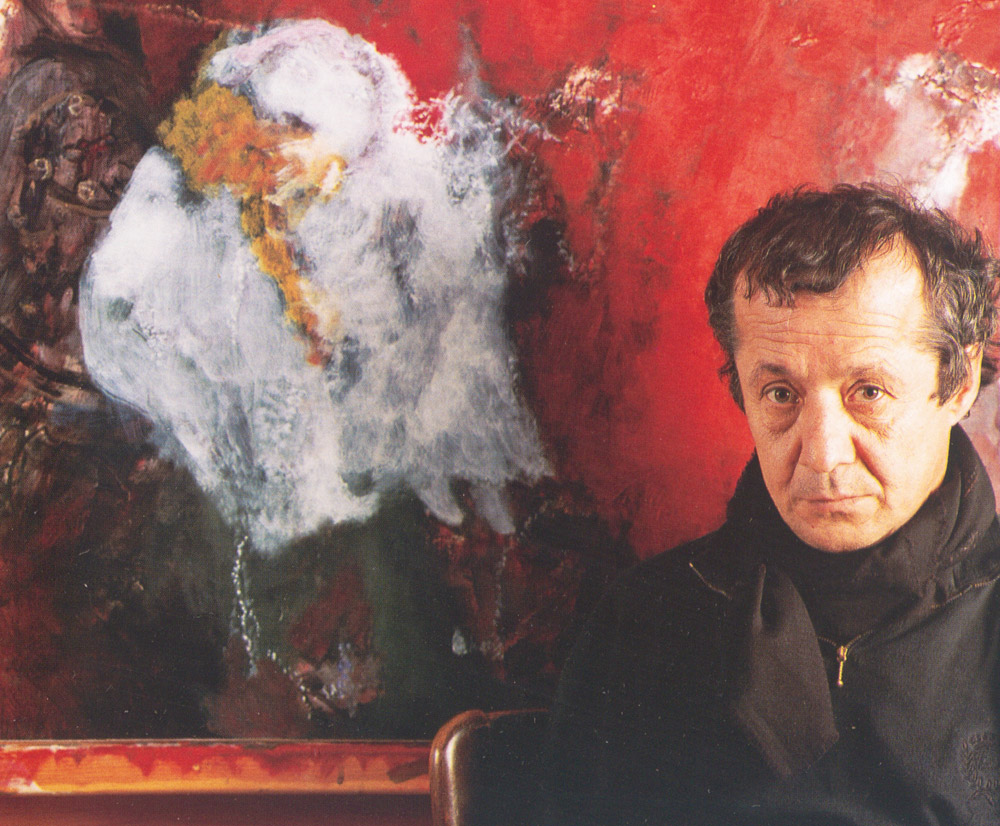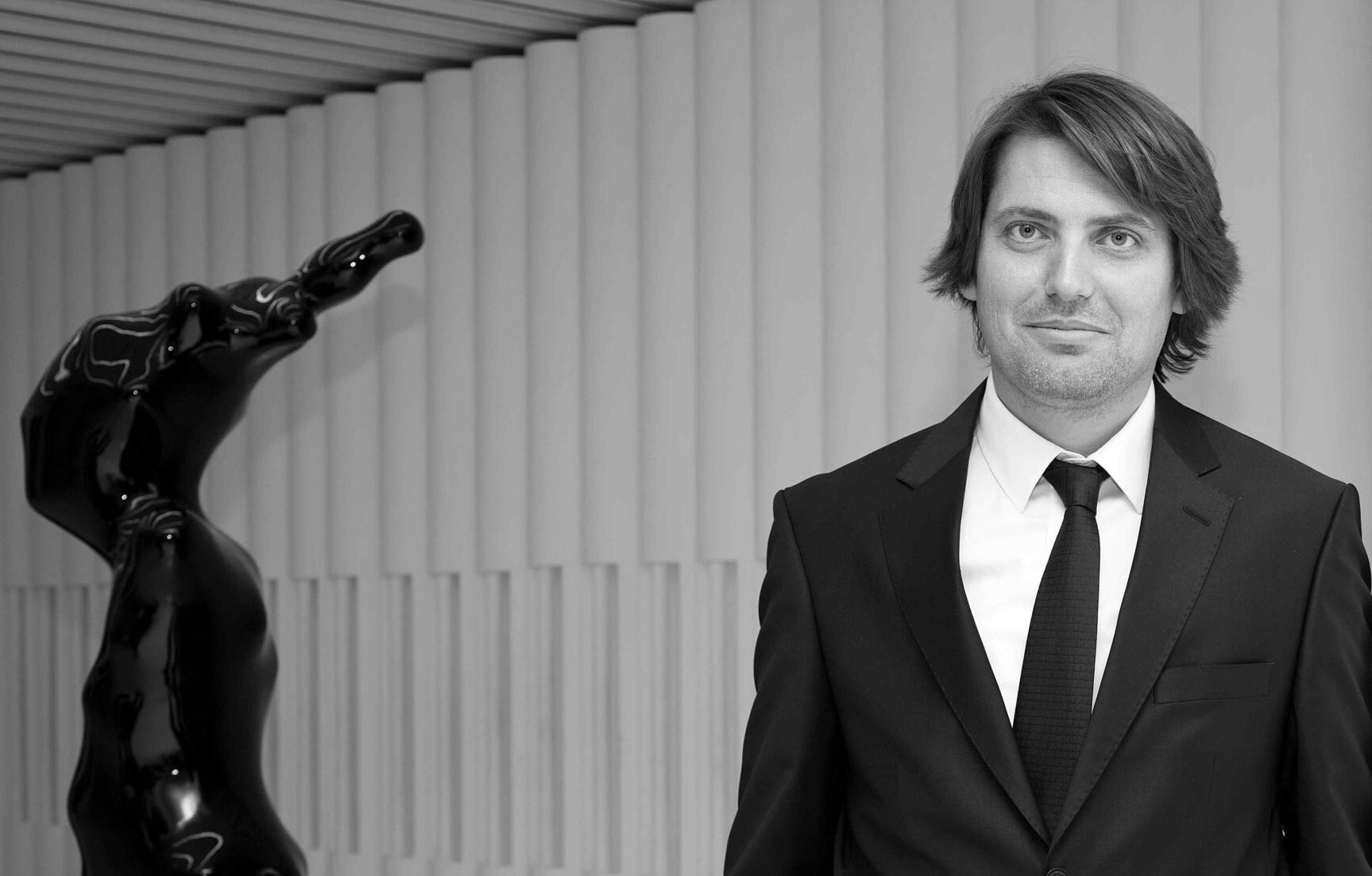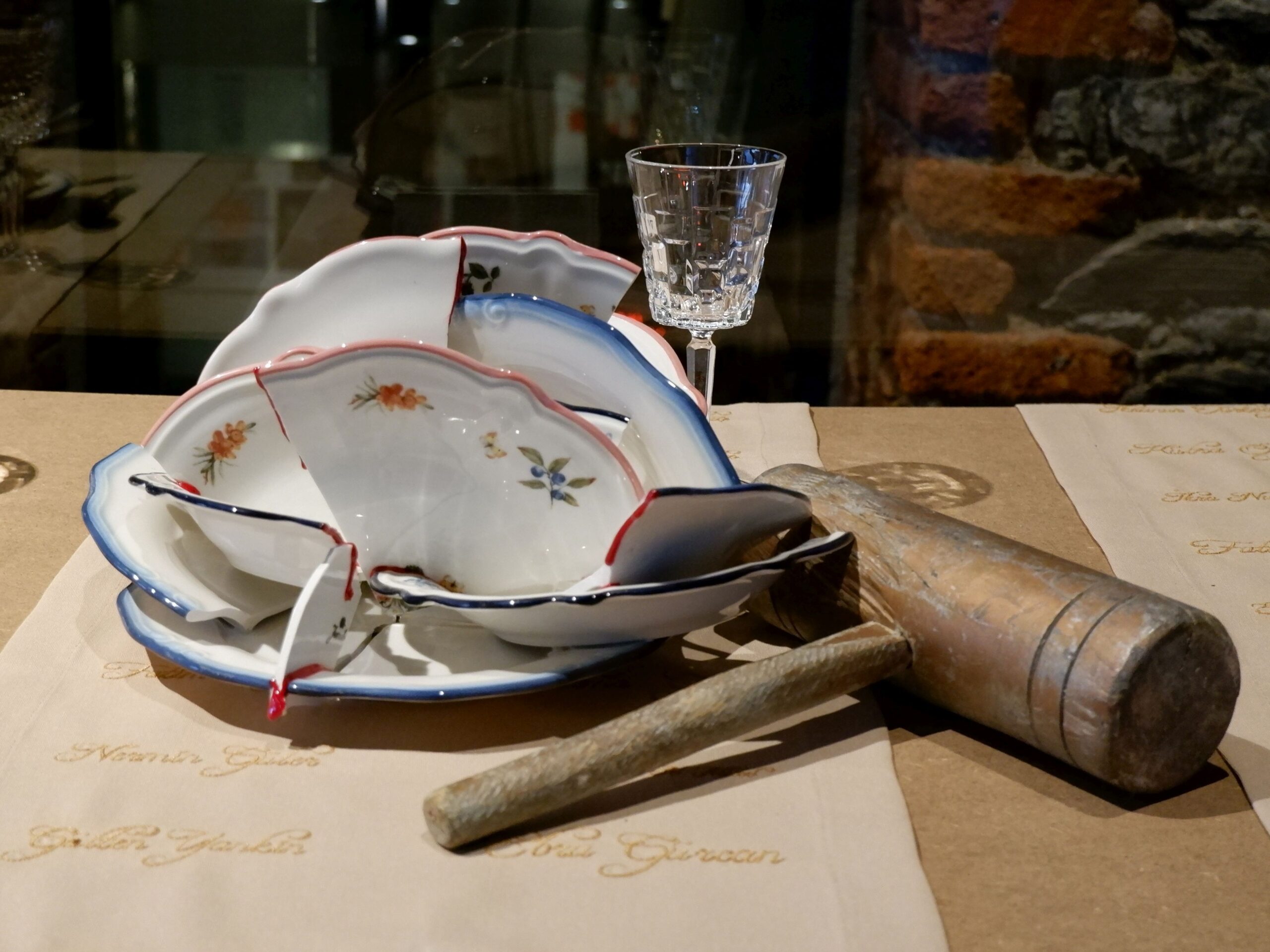Burhan Uygur, who broke away from the rigid rules of the academy and spoke the language of freedom through art, who painted poetry—his works now grace the historic walls of Casa Botter.
It feels as if he’s still wandering through the narrow and winding streets of Üsküdar with his worn leather satchel slung over his shoulder, softened by time. His footprints leave behind an indelible trace, like shadows cast on pavements. That satchel will soon leave his shoulder—perhaps at a ferry dock in the early morning light, or maybe in a teahouse where old wooden chairs creak… Or at a tavern table surrounded by friends and laughter, his hands ready to open to the world to capture the magic of moments, the fragments of life.
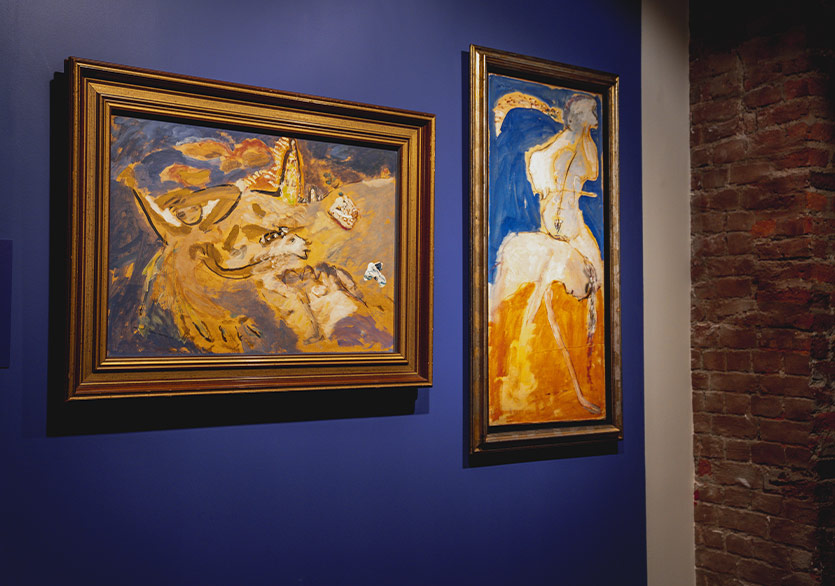
And what’s in the satchel? Dried-up brushes, notebooks stained with ink, curled-up papers, smudged pastel crayons, tubes where colors find refuge… And above all, poetry! Because for him, poetry was not just something to be read—it was lived, felt, and embedded within his paintings.
He was a painter who followed no one’s brushstrokes but carved his own path with his own hands. Art was not a means of expression for him—it was the purest form of his existence. When he said, “My paintings give me life, and I give my life to my paintings,” he wasn’t merely expressing his devotion to art; he was revealing that he had dissolved his very being into it.
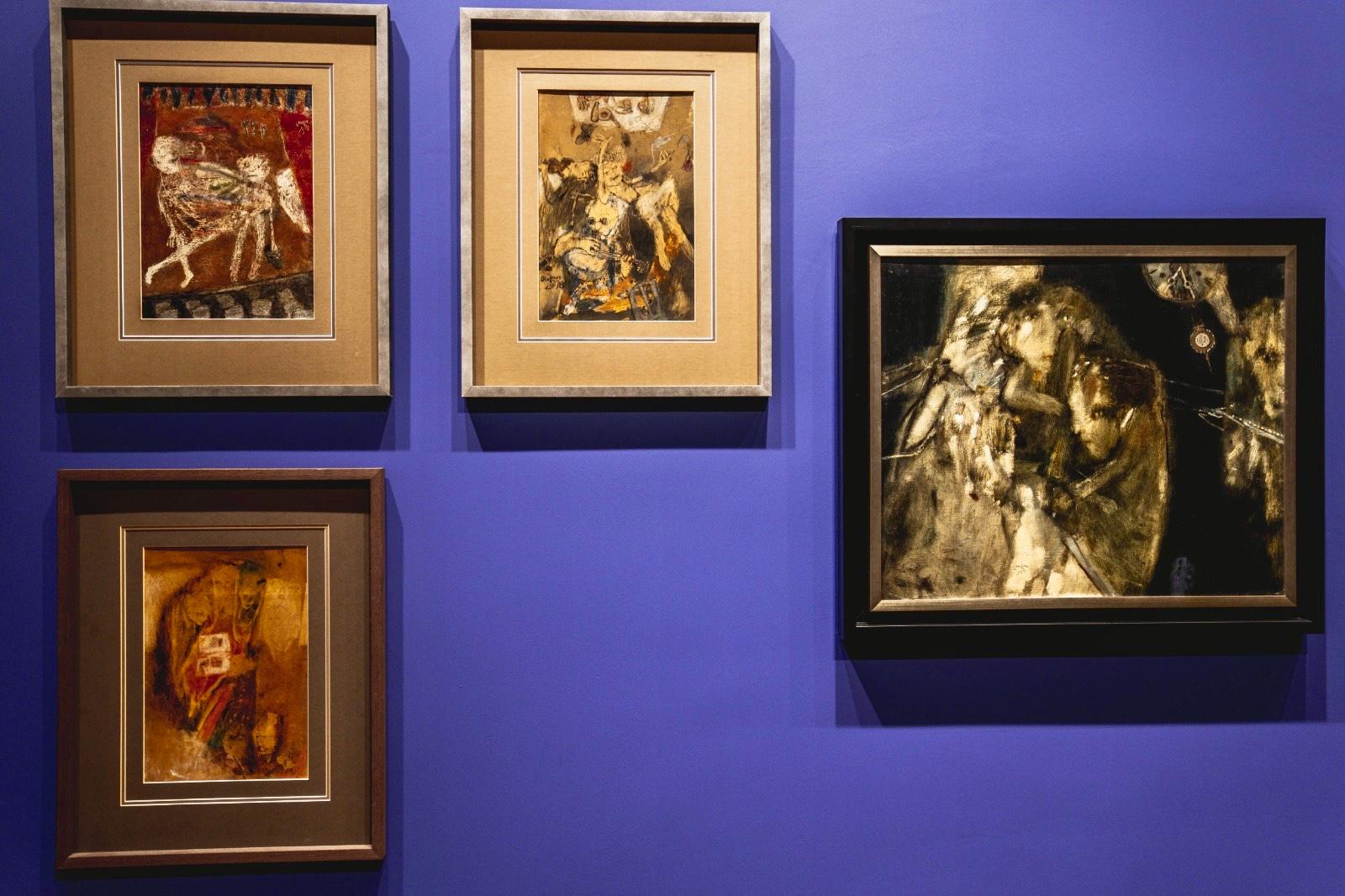
Burhan Uygur was never a painter of conventional molds. When he looked at a painting, he didn’t just see how light fell—he could find himself even in a garbage bin. In the sincere words of Can Yücel, “This guy is not a cauliflower, he’s sun-bellied… This guy is a painter…” Declaring himself “not the light, but the servant, apprentice, and porter of painting,” he bowed before art. In the words of Ferit Edgü, he was “frail; his head always drooping to one shoulder, his hands constantly moving while talking or even while silent; an old child, wide-eyed and full of wonder when asking questions or listening.”
Breaking away from the rigid codes of the academy, Burhan Uygur chose to speak the language of freedom in his art. He preferred to paint the sounds of the street, the stories etched into people’s faces, the raw and unprocessed emotions of life. His paintings were dreams shaped by the brushstrokes of a soul that went beyond boundaries. Each work carried traces of a daring journey, pushing the limits of tradition and sailing toward new forms of expression beyond the known. He didn’t think in colors alone—he thought in words too, wandered through poetry, bringing together letters and images. For him, a painting was not just an image, but also a narrative, a poem, a story.

This unique soul who merged with eternity in 1992 is now reborn among the historical textures of Istanbul, on the walls of Casa Botter. Solo Botter: Burhan Uygur, curated by Levent Çalıkoğlu with the support of assistant curator İrem Büşra Coşkun, once again brings the artist’s world to the viewers.
I visited the exhibition twice, and each time, I encountered large crowds and intense interest. People weren’t just looking at the paintings—they were stepping into them, dwelling in Burhan Uygur’s world, intertwining with his brushstrokes. The exhibition layout was designed not only to be visually impactful but to build an emotional connection. Çalıkoğlu crafted a layout that reveals thematic links and hidden dialogues between images in the artist’s work. This approach beautifully reflects the essence of Uygur’s art—its poetic nature, its melancholy, and its power to blur the line between art and life. And speaking of poetry…
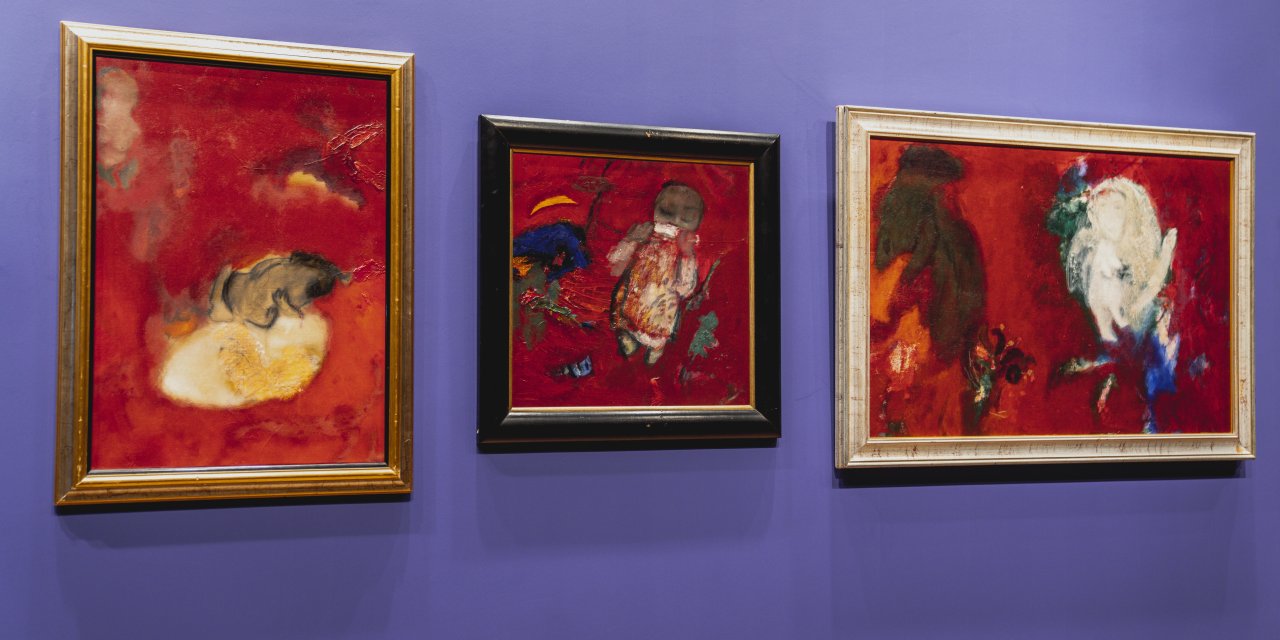
For him, poetry was never just about lines of verse. Sometimes it was a word hidden within a painting, other times a line tucked into the corner of a canvas… He once said, “A poem may not leave my side for months, even years.” And that poem would one day suddenly settle into the most unexpected corner of a painting—just like a cat finds the coziest corner of a home. His friendships with poets were inseparable from his artistic journey. Sürgün by Ahmet Oktay, Rengahenk by Can Yücel, and Sulara Gömülü Çağrı by Gülseli İnal gained new dimensions through his brush. The union of painting and poetry was a natural flow in his world. A surprise created in memory of Behçet Necatigil’s 100th birthday was one of the most beautiful examples of this creative spirit. Necatigil’s 1968 work İki Başına Yürümek was reborn in Burhan Uygur’s hands—the pages became not just to be read, but to be touched, painted, transformed into a new narrative.
In the historical atmosphere of Casa Botter, you can witness the emotional depth, poetic intensity, and raw truth distilled from life in this extraordinary artist’s works. Doors, ceramic plates, paintings, images, portraits—an entire world… In his world expressed through colors and lines, you’ll witness how dream and reality, hope and sorrow, joy and grief intertwine. Though he left his physical form behind, this unique traveler of colors and poetry continues to live among us—through his works, the traces of his brush, his words, and above all, his unmatched approach that united art with life.
Solo Botter: Burhan Uygur can be visited until May 20.

